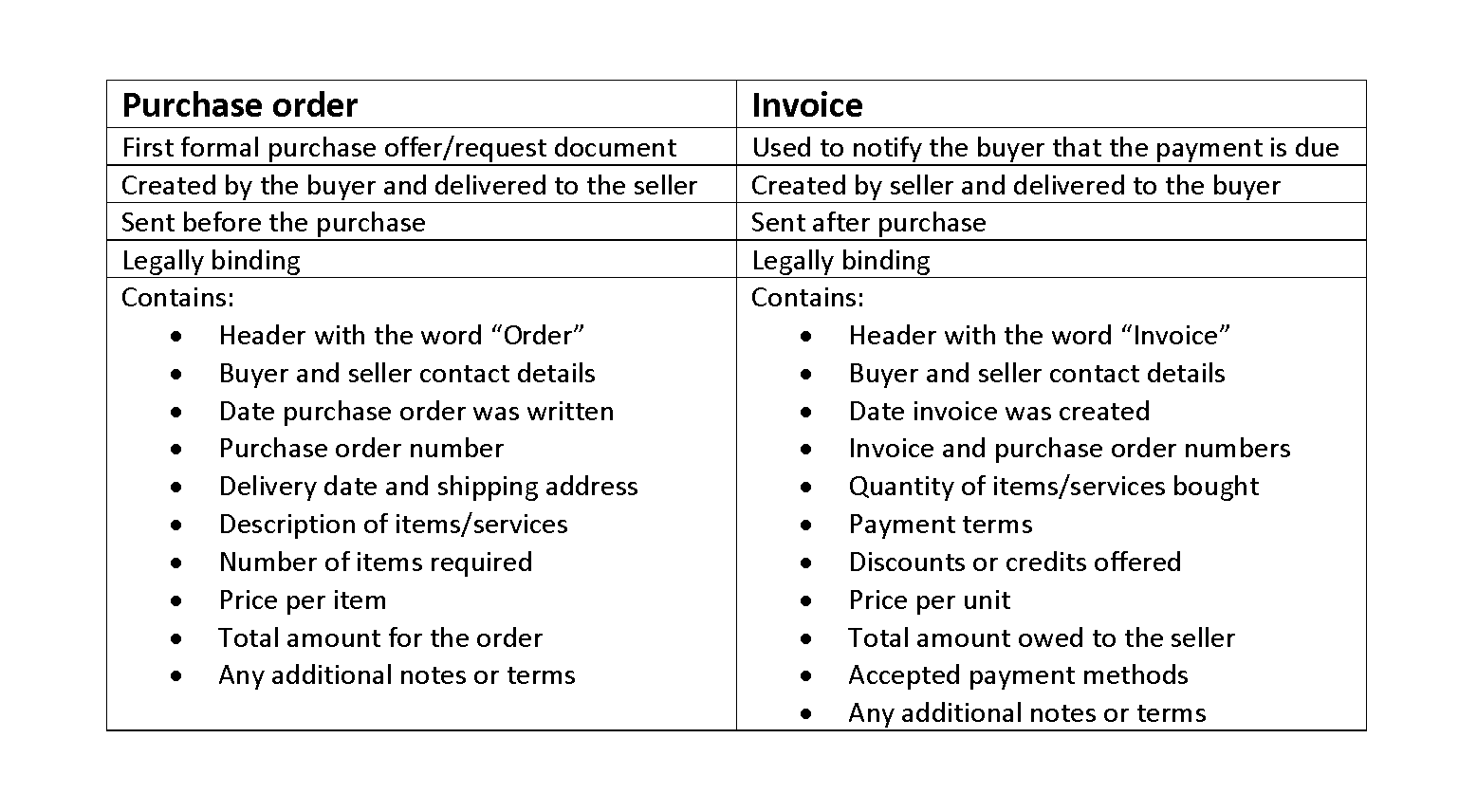
Based on this information, it’s safe to say PG’s gross margin is relatively solid. These produce or sell goods and services that are always in demand, like food and beverages, household products, and personal care products. Below is a real-life example calculation using the income statement from Procter and Gamble’s (PG) latest 10-Q filing. Additionally, it shows cost efficiency and can serve as an easy way for companies and investors to track performance over time.

Gross Margin Ratio Definition and Formula
A surge in demand can allow companies to command higher prices, potentially boosting the gross margin. Conversely, a decrease in demand might necessitate discounts or promotions, which can depress the margin. Gross Margin and Gross Profit are closely related financial metrics that help businesses understand their profitability. While they are often used interchangeably, there is a subtle difference between them. In the world of business, understanding financial metrics is crucial for success.
Great! The Financial Professional Will Get Back To You Soon.
- This ETF has 339 stocks, and like the High Yield ETF, most are larger companies.
- Companies can measure the efficiency of their operations by calculating their gross profit margin ratio, also known as a gross margin ratio.
- Pay attention to the price, and buy in bulk when prices are low or supplies are on sale.
- This ratio is a rough measure of the operating leverage a company can achieve in the operational part of its business.
- As with any ratio used on its own, margins can’t tell the whole story about a company’s prospects.
- Looking further down its income statement, it also generated $135.6 billion of gross margin.
Additionally, businesses can utilize it to identify areas where they might increase sales and/or reduce expenditures. For businesses operating internationally, currency exchange rate volatility can be a significant challenge. If a company’s home currency strengthens considerably against other currencies, its products might become more expensive for foreign customers, potentially impacting sales and margins.
Gross Margin: Definition and How to Calculate
Monica can also compute this ratio in a percentage using the gross profit margin formula. Simply divide the $650,000 GP that we already computed by the $1,000,000 of total sales. This profitability ratio evaluates the strength of a company’s sales performance in relation to production costs.
- It is important to compare ratios between companies in the same industry rather than comparing them across industries.
- Gross margin differs from other metrics like net profit margin because it exclusively considers the costs directly tied to production.
- Purchase inventory at a lower cost, Redesign the product and increase the item’s price.
- Factors like economies of scale, bulk purchasing advantages, and production efficiencies can lead to a more favorable cost structure, enhancing the gross margin.
- Gross profit margin divides that by revenue and multiplies it by 100% to give a percentage.
- High gross profit margins indicate that your company is selling a large volume of goods or services compared to your production costs.
A company’s total sales or revenue, less its cost of goods sold, is its gross profit, to put it simply. However, a company’s profit as a percentage determined by applying the aforementioned method is known as its gross profit margin. Gross profit margins vary significantly across industries, so you can assess a good gross margin by looking at the normal range for small companies in your industry. New businesses often have a smaller gross profit margin but that does not mean that they aren’t financially healthy. Every successful business keeps its costs below revenue to generate profits. Gross profit margin is one of the key metrics that analysts and investors use to assess a company’s financial health and efficiency.

Final Thoughts: Evaluating Gross Profit Margin
To truly gauge the effectiveness of its gross margin, a company must compare it against industry averages. Since the cost of producing goods is an inevitable expense, some investors view gross margin as a measure of a company’s overall ability to generate profit. Another strategy is value-based pricing, which sets prices based on the perceived value of a gross margin accounting product or service rather than internal costs. Additionally, reducing marketing and advertising expenses without compromising product or service quality could help businesses save money. By streamlining processes with a data-driven approach, businesses can bolster their gross margin in terms of reducing costs and improving productivity levels overall.

Understanding Net Profit Margin
The gross margin and net margin are frequently used together to provide a comprehensive overview of a company’s financial health. Where the gross margin only accounts for the COGS, net margin accounts for all indirect, interest, and tax expenses. This shows the company is improving its profitability and efficiency, retaining more money per each dollar of revenue generated. The best way to evaluate a company’s gross margin percentage is to analyze the trend over time and compare it to peers or the industry average.

AccountingTools

